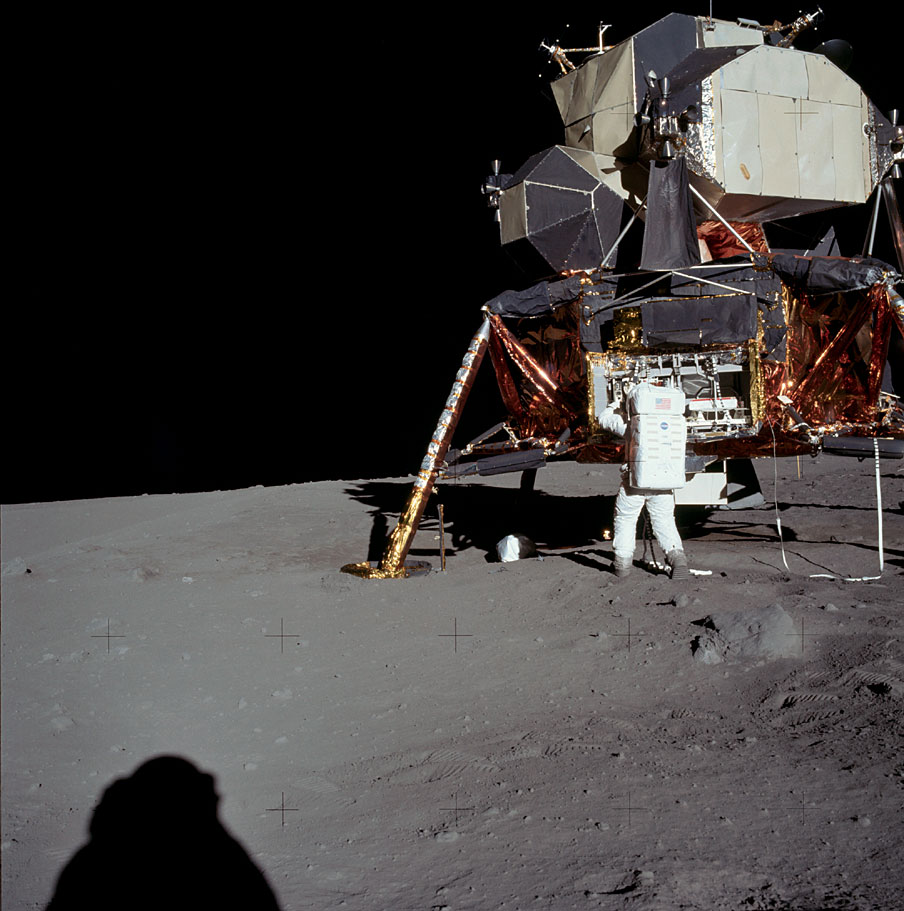
Human spaceflight came to a crescendo on 20 July 1969, when Neil Armstrong and Col. “Buzz” Aldrin piloted a strange, bug-like craft onto the rocky shores of an airless desert which no human had ever before touched.
They did so with the whole world watching; together with Apollo 8 before it, there was a new understanding of the Earth as a borderless sphere, a unique and fragile gem in an otherwise bleak and hostile universe.
Argentina and Brazil have celebrated the unofficial holiday “Friendship Day” on 20 July, at least in part due to the unique unifying experience of the whole world watching the moon landing together. Environmental movements were supercharged by the notion of the Earth’s biosphere as unique and irreplaceable. And the mass media would never be the same.
But as much as the moon landing was a triumph of human innovation and perseverance, it also is a wistful touchstone for human apathy. Despite its dramatic achievements, the Apollo program had been framed in a political context, with a clear finish line. And so it came to pass that Apollo program was, even in its own time, pared back from 9, to 8, to just 6 moon landings, with Skylab and Apollo-Soyuz eventually tacked on, made from the loose change and leftover hardware.
Since that time, spaceflight has focused on improving endurance. Apart from a brief though ill-fated dabble in partially reusable spaceplanes, a series of space stations have provided a vital test platform to see how astronauts endure 6 months or a full year in microgravity, honing one of many skills that will contribute to that often-discussed, rarely-funded goal of interplanetary human spaceflight. Moreover, along the way, we’ve learned a great deal about biology, physiology, physics, materials science, geology, and astronomy, among others, discoveries that have improved the quality of life for those back on Earth.
The next 50 years of exploration will only bring more knowledge. Scientists around the world are ready and willing to join the effort – asked to put a few thoughts together on the occasion of Apollo, Dr. Takashi Mikouchi, a professor who studies lunar and martian meteorites at the University of Tokyo, said “In the coming 50 years, I hope that we can obtain more samples from other solar system bodies, including Mars, to have a better understanding of the birth and evolution of our solar system.” If the state of the space industry today is any indication, those next 50 years are off to a hot start.
Even setting aside the leaps and bounds in small satellite technology that has already seen a whole new class of interplanetary probes, later this year, the United States will rejoin China and Russia on the list of nations able to send astronauts to space with its own launch systems. India’s manned space program is on track to fly astronauts in 2021. Europe and Japan are fully capable, should a proper crew capsule be bolted to the right rocket.
Immense talent and creativity of diverse ground teams around the world is at the ready for a new generation of dauntless human explorers. The time will soon come to once again break free of Earth orbit and set off for distant shores, and pioneer the promise of the space frontier.
